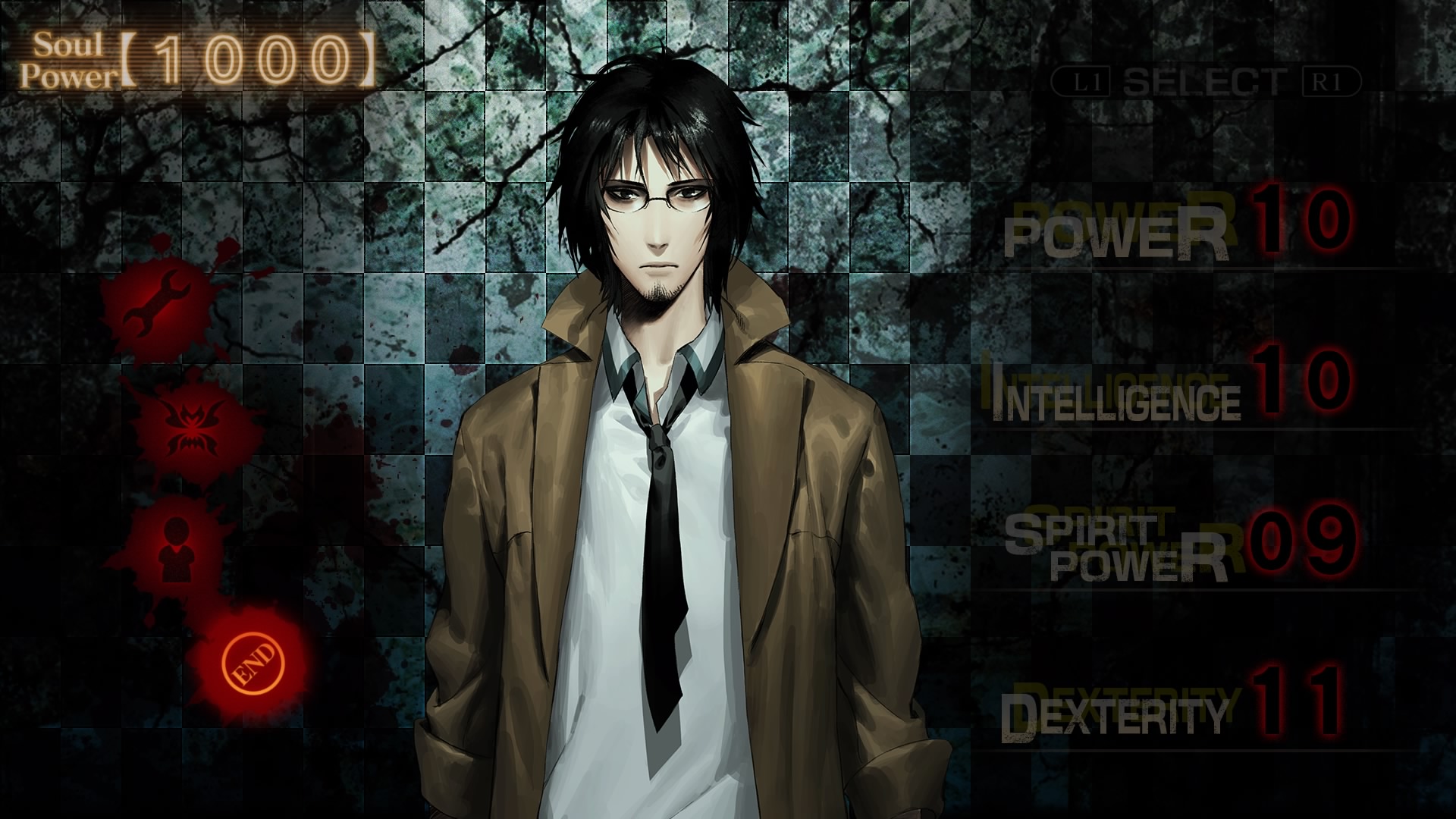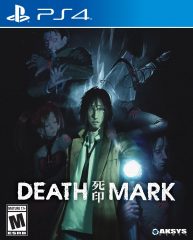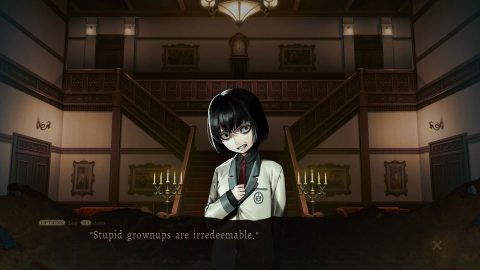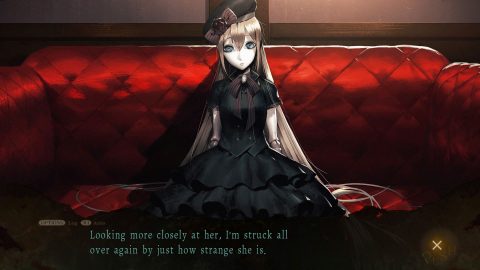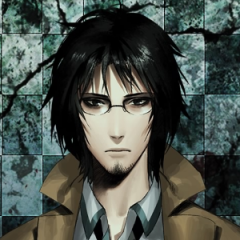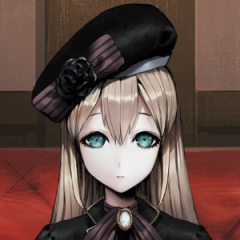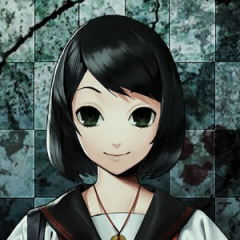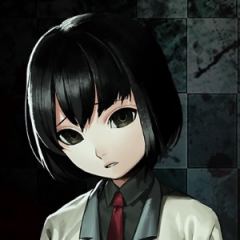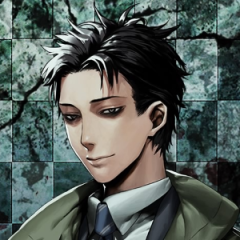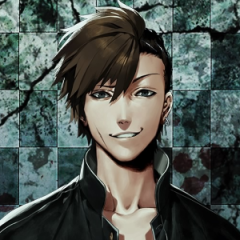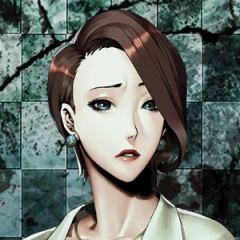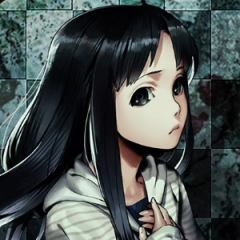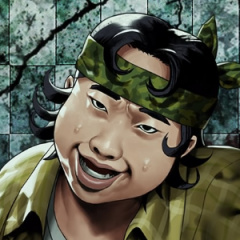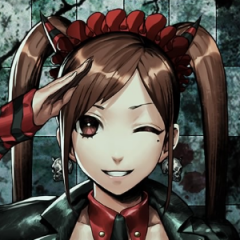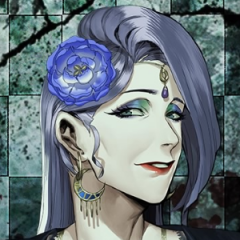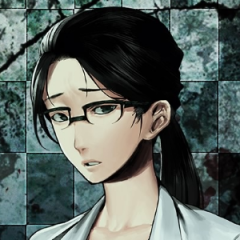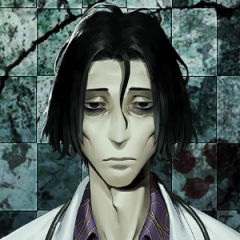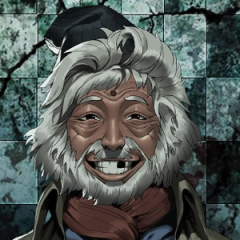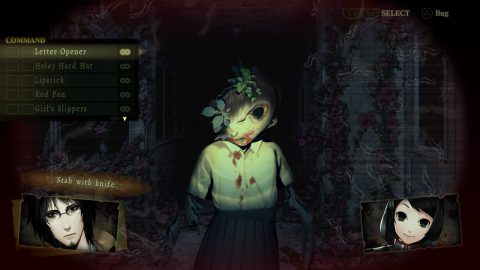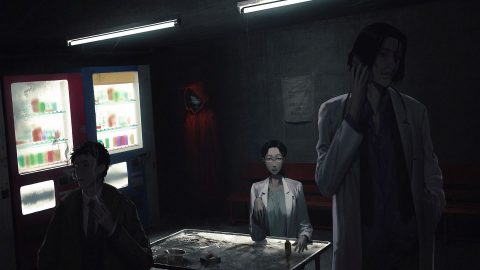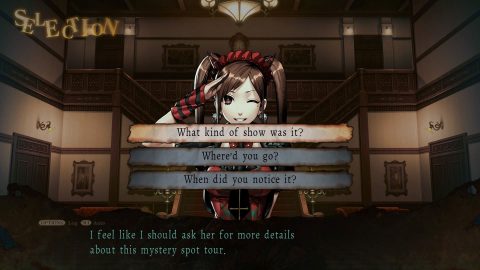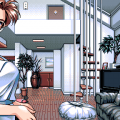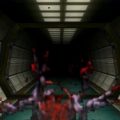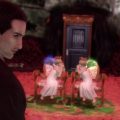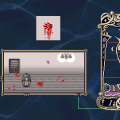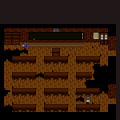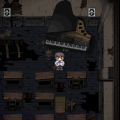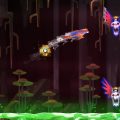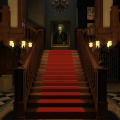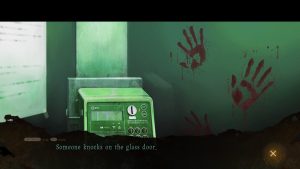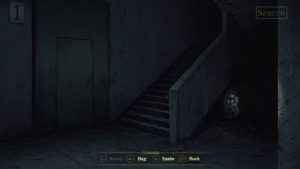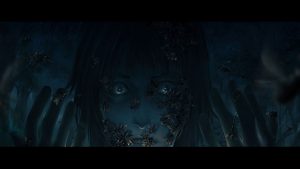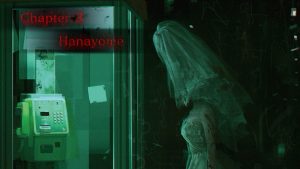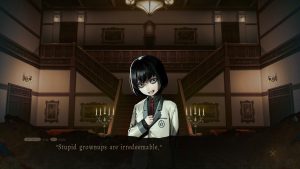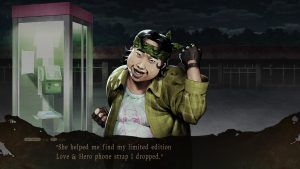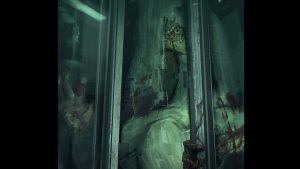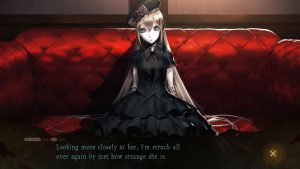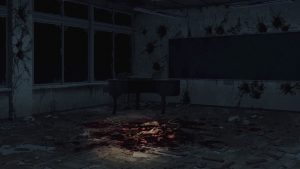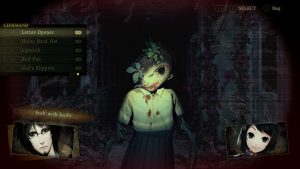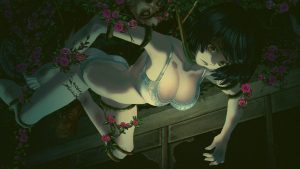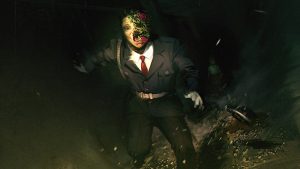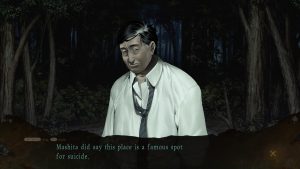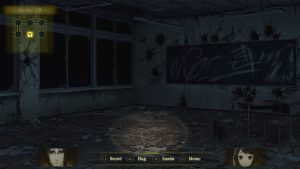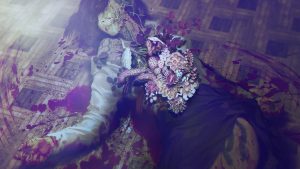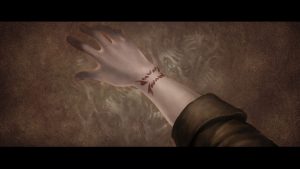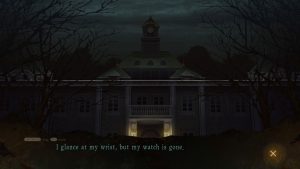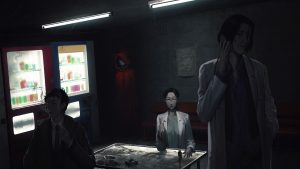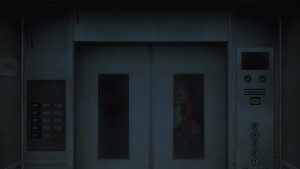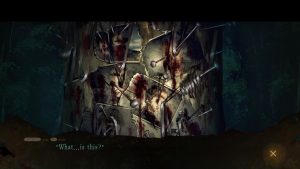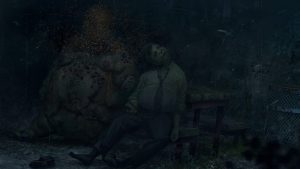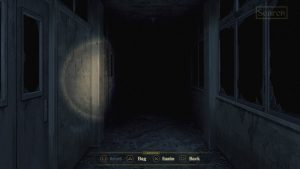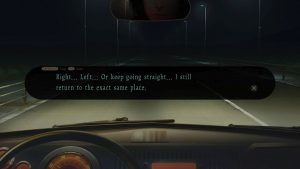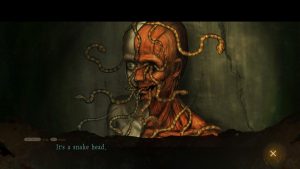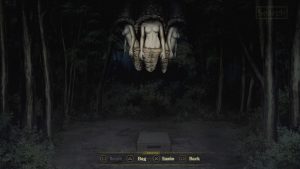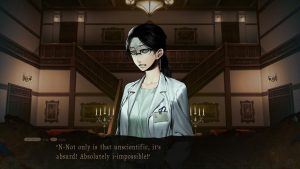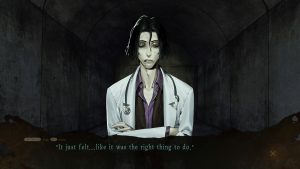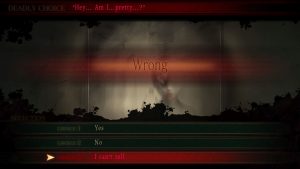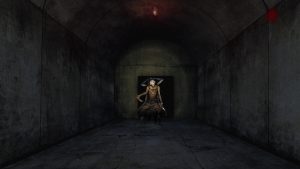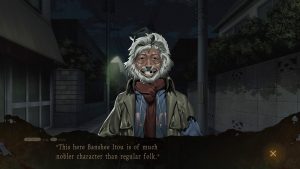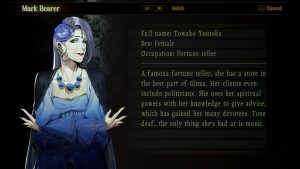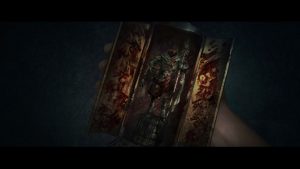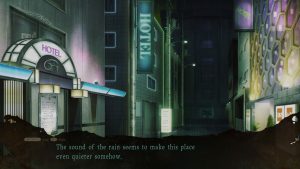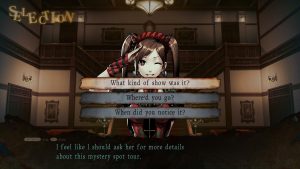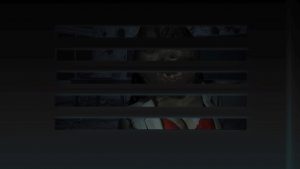- Death Mark
- Spirit Hunter: NG
From the J-Horror boom of the late 20th century all the way back to the Edo period’s Hyakumonogatari Kaidankai ritualistic storytelling, Japanese tales of the supernatural have a very particular appeal. The protagonists tend to find themselves ensnared by malicious spirits due to no fault of their own, their survival dependent on their willingness to follow specific instructions – the circulation of Sadako’s VHS tape being a contemporary example. Sometimes a fate worse than death is inevitable; an outcome of which master of horror manga Junji Ito is particularly fond.
Similarly, the most popular Japanese urban legends – or toshi densetsu – are horror stories without a fourth wall. Unlike American urban legends, often created as a moral parable against perceived vice – i.e The Hookman in Lover’s Lane a boogeyman for hormonal teens – many Japanese urban legends are, like their literary parents, unlucky encounters with the supernatural. Some of these figures will only call when summoned not unlike Bloody Mary, but what happens when one is literally caught with their pants down by Aka Manto? The listener is now squarely the protagonist, and the vagueness, random appearance, and rules of survival each contribute to the terror – and the excitement – of these modern phantoms. The now ubiquitous presence of the internet has allowed these stories to grow, transform, and spread wider than ever before.
Death Mark is a horror adventure inspired by these urban legends. Helmed by ex-Wizardry alumnus Motoya Ataka and his team of dungeon-crawling experts at Experience, Death Mark mixes the first person perspective and hefty narrative of visual novels with point & click investigation – the protagonist’s flashlight beam serving as the cursor. Being Experience’s first adventure game, they even managed to slip in a few nods to their bread-and-butter: navigating Death Mark‘s haunted locales, gridded mini-map ever present, feels akin to solving mysteries within a dungeon crawler – and it works.
Set during the mid-1990s in the ambiguous Tokyo suburb of H-City, rumors abound of a cursed mark stealing the lives of the townsfolk. A lone man finds himself standing in front of a vast manor, coming to his senses to realise, horrified, his memories have vanished. Checking his pockets, all he finds is a business card for Saya Kujo, Spirit Healer – bearing the very address of the manor he stands before. He soon notices his wrist bears a vivid red mark.
The door unlocked, the man enters in search of the owner. While exploring a darkened bedroom, a crash of lightning reveals a woman’s corpse. The man rushes to turn on the lights, but when he looks back the body has vanished, though not without leaving a telltale pool of blood. Heading downstairs he hears a voice call out to him, and turns to find himself face-to-face with a life-sized animated doll. Fortunately, she’s friendly, and introduces herself as Mary, Saya Kujou’s assistant. The man tells Mary what he saw, and she determines that the corpse belonged to Saya, lamenting that her mistress succumbed to the Death Mark.
Mary explains to the man that the Mark is a curse that causes dementia-like symptoms such as memory loss and cognitive decline in the afflicted before taking their lives, and the cause is likely one of the restless spirits that have made H-City their home. The Mark will only disappear once the spirit responsible for the curse has been identified and banished, though Mary first encourages the man to choose a temporary name to hold on to his identity – his default pseudonym is Kazuo Yashiki, though the player can choose their own. Soon, there’s a knock at the door, heralding the arrival of others seeking the consul of Saya…
Characters
Kazuo Yashiki
The protagonist. As self-serious as he is haunted, he seems to have a knack for the sixth sense.
Mary
Caretaker to the Kujou family, Mary knows all about the spirits haunting H-City. Being a living doll, she’s obviously the most qualified, but how did she come into being?
Moe Watanabe
An occult-obsessed high school girl. A devotee of the fictional Fortean Times-esque magazine OOPArts Monthly, her dream is to join their editorial department.
Tsukasa Yoshida
A stuck-up elementary school student. Precocious, rude, yet wise beyond his years, he’s an unlikely friend to Moe despite their age difference.
Satoru Mashita
A disgraced ex-cop turned private eye. Nosy and unsubtle, his abrasive attitude frequently irritates others. Despite this, he’s reliable and trustworthy.
Shou Nagashima
A macho highschooler who plays at being a rough-and-tumble delinquent, but it’s actually a cover for his considerate nature.
Christie Arimura
A former news anchor forced to resign due to her involvement in a scandal. Her faint connection to the other side proves valuable in navigating areas overrun by restless souls.
Suzu Morimiya
A gloomy young girl trying to come to terms with the divorce of her parents. She spends her time reading OOPArts Monthly, but when she looks to a spirit to solve her problems, she finds herself in danger.
Eita Nakamatsu
The very portrait of an otaku, Eita connected with Suzu through the OOPArts Monthly mailbag, and they quickly bonded through their shared love of the occult. Despite the implications of an adult befriending a child, Eita’s trying his best to be a positive role model to lonely Suzu.
Ai Kashiwagi
The rising star of popular idol group Love & Hero. Her gothic lolita style of costume alludes to her interest in the occult, and she’s recently started to appear on ghost-hunting reality shows.
Madam Yasuoka
A well-known fortune teller who runs a shop in Ginza. A spiritual consultant to celebrities and politicians alike, she’s frequently called in to appear as a supernatural expert on television.
Madoka Hiroo
A pharmaceutical researcher who denies the supernatural and claims to only believe in hard science – though this appears to be tied to her crippling fear of ghosts. Judgmental, selfish, and amoral, she still proves an invaluable ally.
Shuuji Daimon
An overworked, sleepy, and sickly doctor. His dry attitude belies his passion for healing. Daimon seems to be linked to H-City’s dark history, but how?
Banshee Itou –
A vagrant who’s taken up residence within the tunnels beneath H-City. Banshee has a knack for gathering information due to society’s willingness to ignore the downtrodden.
Set roughly over the course of two weeks, Death Mark follows an episodic monster-of-the-week formula. Cultivating that urban legend feel, these phantoms’ profiles are cobbled together through word-of-mouth and message board posts. Two or three new characters turn up at Kujo Manor each chapter, each bearing the Mark gained from a dalliance with the supernatural – be it through thrill-seeking, curiosity, or just plain bad luck. By the time they arrive, the curse has advanced so far that they have a scant twelve hours to vanquish the source, lest they fall to the darkness. Eventually, it becomes apparent that each case may not be so random after all, as Yashiki uncovers a throughline of abominable experiments carried out by the military during World War II, their relation to the mass destruction of Buddhist shrines by the Haibutsu Kishaku movement, and what – if anything – the Kujo family has to do with all this. Though supernatural and heavily fictionalised, it’s rare and surprising for a title like Death Mark to reckon with Japan’s past of discrimination and war crimes.
Once Yashiki and friends have compared notes, it’s off to a ghost spot for some old fashioned detective work. Spirits tend to make their haunts in places that hold relevance to them; if abandoned, all the better – even the dead need their privacy. The player traverses the ruins, flashlight in hand, in search of information, clues, and items key to solving the current mystery. They might just find something else, too – Death Mark delights in hiding apparitions in many a dark corner. There may be a ghostly child hiding beneath a staircase, or a giant eye may be staring out from a cupboard. These little scares are one-and-done, blink-and-you’ll-miss-it brief, effectively adding to the creeping atmosphere. The real star, however, is the sound design: headphones are a must for maximum immersion as flies buzz in your ears, windows rattle with the howling wind, or footsteps dart across the floor directly above – where you’re certain no one should be. The music itself is serviceable, but Death Mark is at its absolute best when eschewed in favor of crushing silence.
While the ghosts revealed by flashlight are benign, they aren’t the only entities Yashiki discovers. Occasionally, a malevolent force will seize on him, instigating a Live or Die sequence. These are timed multiple choice sections in which the player must choose their way out of a sticky situation. They’re usually obvious if you’ve been paying attention, while others are less so – like a Japanese wordplay puzzle which, regrettably, was lost through literal translation. Fortunately, failing a Live or Die allows you to restart it immediately, so minimal time is lost.
Yashiki rarely finds himself alone in the dark – common to many Japanese-style adventure games, Death Mark gives Yashiki a partner to bounce ideas off – several, in fact, who can be swapped in and out back at the mansion. Each character has a list of stats, though the numerical values never actually come in to play – rather, they serve as a hint to who’s effective in a certain situation. A character with high power is best suited to help Yashiki move something heavy, while a character boasting high intelligence may be able to help decipher obscure documents. It’s a helping hand, although the player will gain just as good an idea by observing each personality. Characters have their own unique dialogue, so aside from essential puzzle-solving, they’re really a matter of personal preference.
Once a spirit has been investigated entirely dawn approaches, heralding the final showdown. Not unlike a boss battle, these are turn-based puzzles in which the player’s knowledge of a spirit is tested. Every turn Yashiki and his partner are able to use one inventory item each to weaken the spirit. After three or four turns, the pair should be ready to finish it off. The first few turns only have a single solution, while the final round has two: the player can put the spirit to rest through exorcism, or destroy it entirely through violence. It’s quite possible to seal one’s fate by initiating the showdown alongside the “wrong” partner, although Death Mark always allows one to restart just before the encounter to rejig the party. Yashiki meticulously updates his diary regularly, so all the facts can helpfully be reviewed even during a showdown.
Exorcism is always the ideal outcome – each spirit suffered tremendous wrongdoing in life, and if justice cannot be done they deserve eternal peace. Death Mark encourages the player to sympathize with its phantoms, but it often veers over the line of good taste – the bulk of the ghostly antagonists are women who’ve experienced sado-sexual violence. One of these victims is a child – the narrative happy to detail horrendous abuse while the screen displays one of the ghost’s own victims: an S&M shot of a woman bound by thorny vines. The player encounters several cheesecake corpses across the story’s duration – even a few of his female partners find themselves in distress with an accompanying erotic illustration. Perhaps Death Mark can be viewed as a modern work of ero guro nansensu, but its preoccuptation with sexual assault as titillation detracts from the spooky fun.
There are multiple incentives to encourage exorcism – not only is it the right thing to do, but opting to destroy a spirit causes its residual negative energy to claim the life of Yashiki’s current partner. They’re a likeable bunch and you’ll want them to survive, plus ensuring that everyone gets a happy ending – spirit and human alike – is the only way to reach the true ending. Further incentivising this is a bonus chapter, initially paid DLC on Vita but included in all subsequent releases. Set a few months after the ending, the whole cast comes back to help Yashiki investigate Red Riding Hood, a phantasmal girl said to appear outside a certain love hotel. While one of the spookiest chapters it’s also the most exploitative, centering on enjo-kousai and – as expected – sexual violence. One CG was deemed so extreme it was replaced with a silhouette for Western console release, although it’s intact in the English Steam release.
It will no doubt be hard for some to see past Death Mark‘s obsession with sexual violence – a fair assessment – but in between the moments of erotic grotesque, Death Mark is one of the most alluring and satisfying horror adventures out there. It’s also an outstanding foray into the genre from Experience, and their talent for dread continued the following year with its successor, NG.
